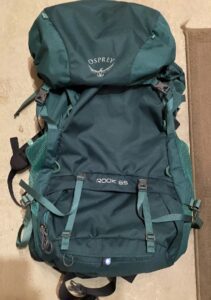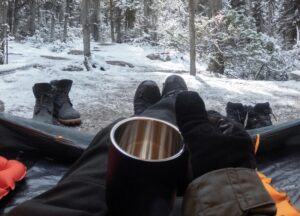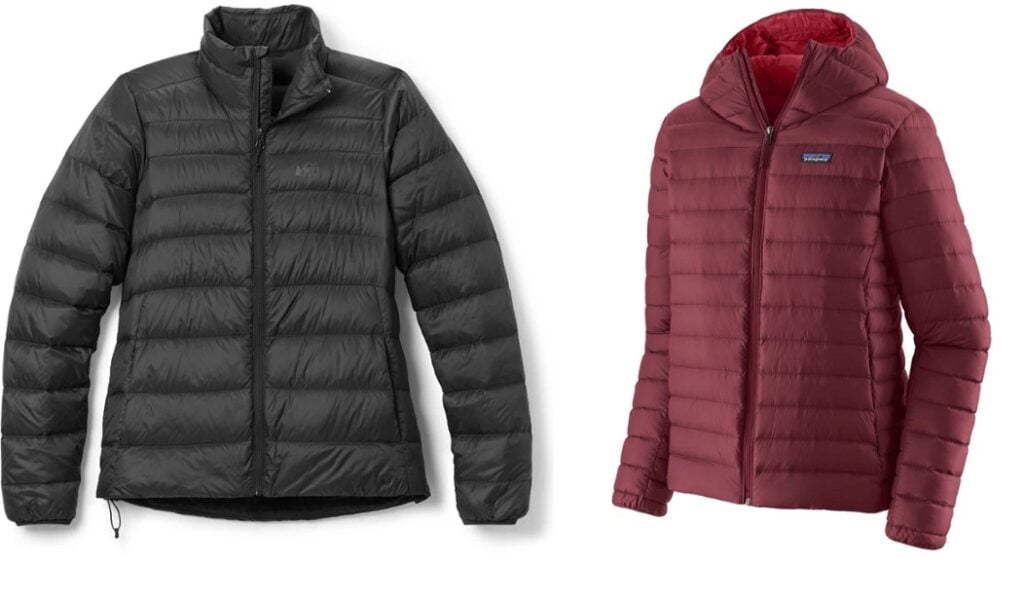
When it comes to winter hiking and backpacking, layering properly is key to staying comfortable and safe. The changing weather and body temperature fluctuations can pose risks of hypothermia or overheating, so it’s essential to protect yourself. This comprehensive guide will walk you through the different layers you need, from baselayers to insulated jackets and outer shells. You’ll also learn about the materials to look for, like moisture-wicking baselayers and quick-drying materials. Don’t forget to keep your extremities warm with hats and gloves, and consider using hand warmers in cold and damp conditions. By adjusting your layers accordingly and staying dry, you’ll be able to manage moisture and stay warm while exploring the great outdoors in winter.
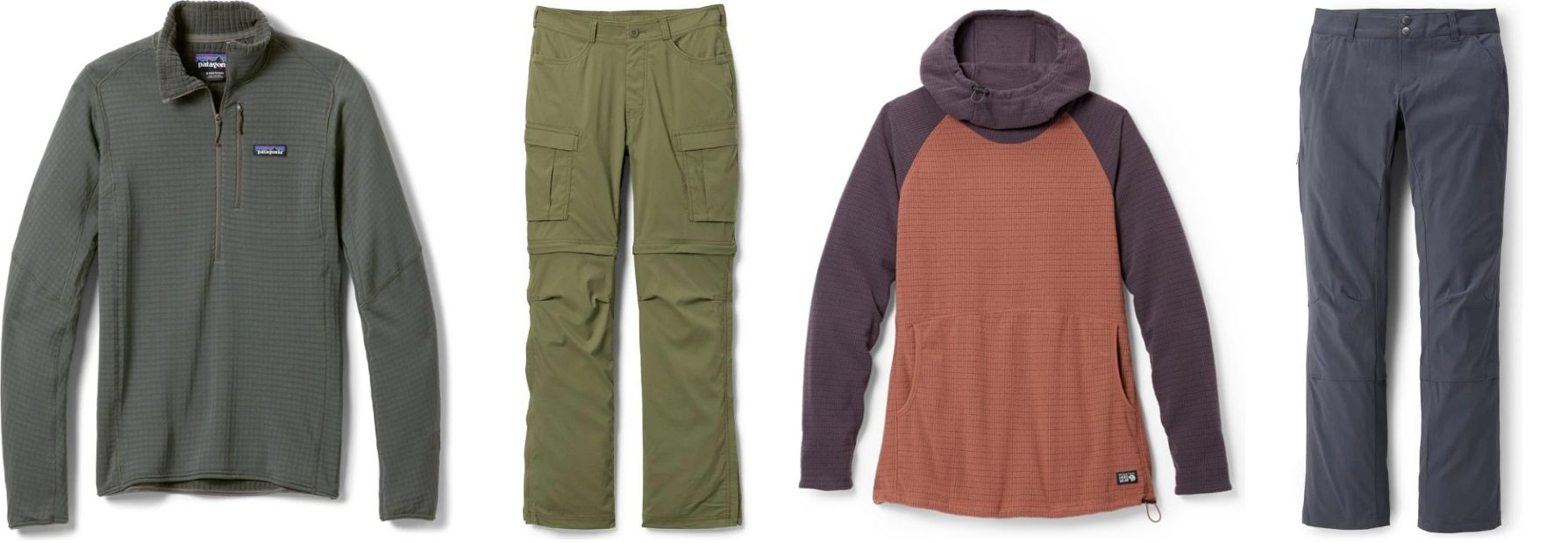
Baselayers
Baselayers are the foundation of a well-layered outfit for cold weather hiking and backpacking. They should be moisture-wicking and snug against your skin to effectively manage sweat and keep you dry. When choosing baselayers, it’s important to avoid cotton as it tends to retain moisture and can lead to discomfort and even hypothermia. Instead, opt for materials like wool or polyester, which have excellent moisture-wicking properties.
A good baselayer helps regulate body temperature by keeping you warm when it’s cold and cool when it’s hot. It should fit comfortably and not restrict your movement. Additionally, baselayers help prevent chafing by reducing friction between your skin and the outer layers of clothing.
Remember to adjust your baselayers proactively as your activity level and the weather conditions change throughout your hike. As you begin to sweat, removing or adjusting your baselayers can prevent excessive moisture buildup and help you stay comfortable throughout your adventure.
Midlayers
Midlayers provide insulation and warmth in cold and damp conditions. They are designed to retain heat even when wet, making them an essential part of your layering system. Common materials for midlayers include fleece and wool, which are known for their excellent insulating properties.
When choosing the right midlayer, consider the conditions you’ll be hiking in. If you expect wet weather or frequent exposure to moisture, opt for a midlayer made of synthetic materials that can wick away moisture and dry quickly. On the other hand, if you anticipate dry conditions, a wool midlayer can provide superior warmth and breathability.
Midlayers also provide versatility in temperature regulation. You can easily adjust your body temperature by adding or removing a midlayer, allowing you to adapt to changing weather conditions and physical exertion levels.
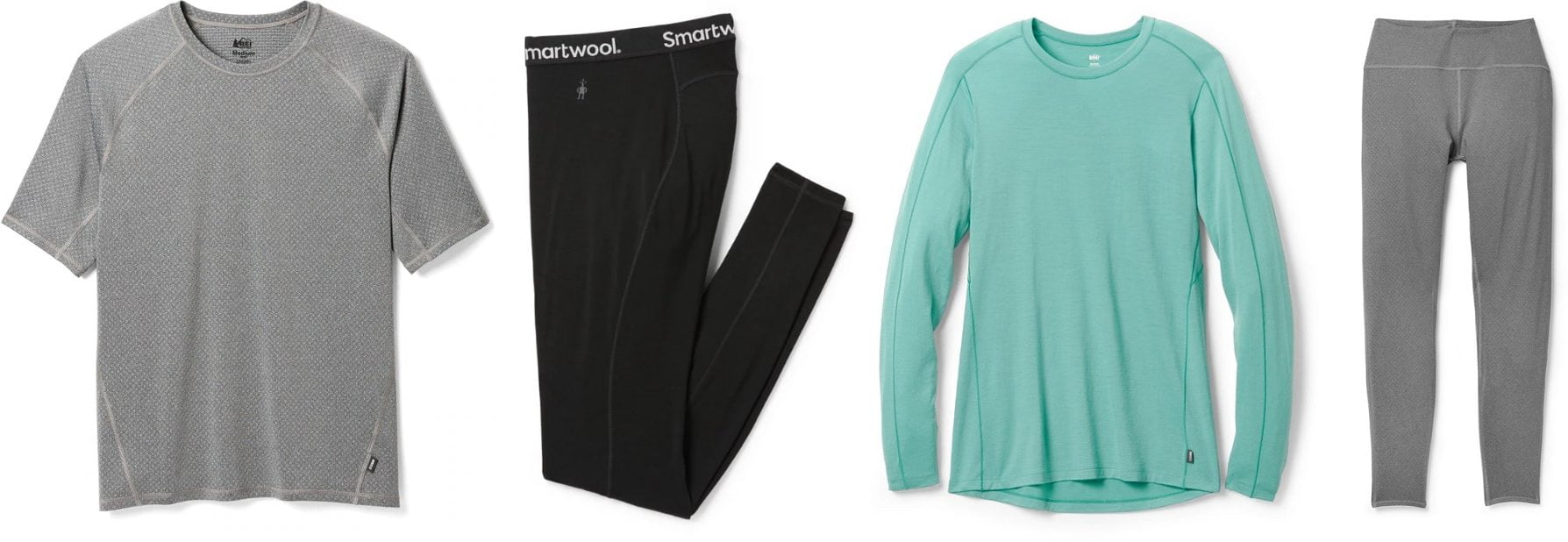
Insulated Jackets
Insulated jackets, commonly known as puffies, are lightweight and packable, making them a convenient addition to any cold weather hiking or backpacking trip. These jackets are designed to trap body heat and provide insulation, keeping you warm when the temperatures drop.
There are two main types of insulation used in jackets: synthetic and down. Synthetic insulation, typically made of polyester fibers, is known for its ability to retain warmth even when wet. This makes synthetic insulated jackets a great choice for wet or humid conditions. Down insulation, on the other hand, is made from the soft plumage found under the feathers of ducks and geese. Down is known for its excellent warmth-to-weight ratio and compressibility, making down insulated jackets highly effective in dry and cold environments.
When choosing insulation for your jacket, consider factors such as weight, compressibility, and the expected weather conditions. Synthetic insulation may be a better choice for humid environments, while down insulation shines in dry and cold climates.
Insulated jackets offer excellent warmth without restricting your movement. They can be worn as an outer layer in dry conditions or as a midlayer in cold and wet weather. Adding an insulated jacket to your layering system provides an extra layer of protection against the elements, ensuring you stay cozy and comfortable during your hike.
Outer Shell Layer
The outer shell layer is your first line of defense against wind and water. It is designed to protect you from the elements, keeping you dry and blocking out the wind. Selecting a suitable shell is crucial for staying comfortable and safe in cold weather.
When choosing an outer shell layer, consider factors such as breathability, durability, and waterproofing. Look for a shell that is made of a breathable material so that it allows moisture to escape from your body while preventing water from entering. Additionally, ensure that the shell is durable enough to withstand the rigors of hiking and backpacking.
Waterproofing is essential in your outer shell layer to keep you dry in wet conditions. Look for jackets that are treated with durable water repellent (DWR) or have a waterproof membrane. These features will help prevent water from seeping through the jacket and keep you comfortable even in rainy or snowy weather.
The outer shell layer is designed to be worn as the outermost layer of your clothing system. It should be slightly loose-fitting to allow for unrestricted movement and to accommodate other layers underneath. By providing protection against wind and water, the outer shell layer is essential for keeping you dry and comfortable throughout your hike.

Hats and Gloves
When it comes to staying warm in cold weather, it’s important not to overlook your extremities. Hats and gloves play a crucial role in keeping your head, hands, and fingers warm, as they are particularly susceptible to the cold.
Materials like wool or polyester are ideal for hats and gloves, as they provide excellent insulation and moisture-wicking properties. Wool, in particular, is known for its natural warmth even when wet, making it a great choice for cold and damp conditions. Polyester, on the other hand, offers quick-drying capabilities and can effectively wick away moisture from your skin.
When selecting hats and gloves, consider factors such as insulation, breathability, and dexterity. Insulated hats and gloves will provide superior warmth, while breathable fabrics will prevent excess sweating. It’s also important to ensure that your gloves allow for dexterity, as you’ll likely need to use your hands for various tasks during your hike.
Hats and gloves are essential accessories for cold weather hiking, as they help prevent heat loss from your extremities. By keeping your head and hands warm, you’ll be better equipped to stay comfortable and enjoy your outdoor adventures.
Choosing the Right Materials
Choosing the right materials for your cold weather hiking clothing is crucial for staying dry, comfortable, and warm throughout your journey. Avoiding cotton is essential, as it tends to retain moisture, making you feel clammy and cold. Instead, opt for quick-drying materials like wool and polyester.
Wool is a natural fiber that is known for its excellent insulation and moisture-wicking properties. It can keep you warm even when wet and dries relatively quickly. Additionally, wool has natural antimicrobial properties that help reduce odor, making it a great choice for multi-day trips.
Polyester is a synthetic material that offers excellent moisture-wicking capabilities. It pulls sweat away from your skin and allows it to evaporate quickly, helping to keep you dry and comfortable. Polyester is also lightweight, durable, and easy to care for, making it a popular choice for outdoor clothing.
Moisture management is crucial in cold weather hiking, as staying dry is crucial for maintaining body temperature and preventing hypothermia. By selecting the right materials, you’ll be able to effectively manage moisture and stay warm even in challenging conditions.
When selecting materials, also consider factors such as breathability, weight, and versatility. Breathable fabrics allow moisture to escape from your body, preventing sweat buildup. Lightweight materials reduce the strain on your body while hiking. Versatile fabrics can adapt to changing weather conditions and keep you comfortable throughout your adventure.
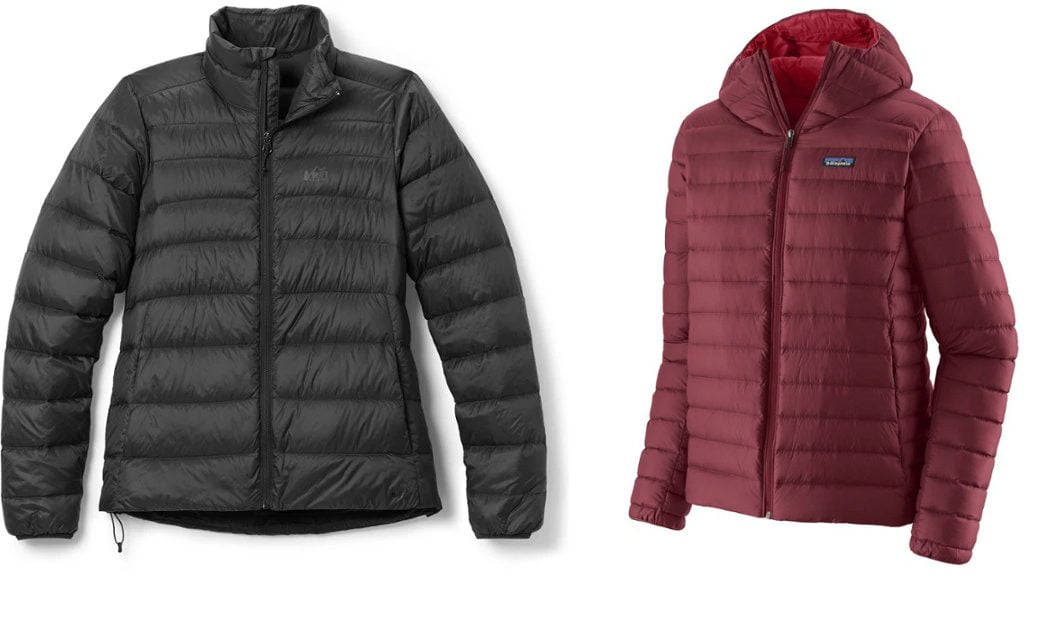
Hand Warmers
Hand warmers can be lifesavers in cold and damp conditions. These small packets of heat provide instant warmth to your hands, ensuring that you can continue to function even in freezing temperatures.
Hand warmers work by undergoing an exothermic reaction when exposed to air. This reaction produces heat, which warms up your hands when the warmers are kept in your gloves or pockets. They are especially useful for those with poor circulation or in extreme cold where gloves alone may not be sufficient.
When choosing hand warmers, consider factors such as duration, heat output, and size. Different brands offer various durations of warmth, ranging from a few hours to more than ten hours. Pay attention to the heat output as well, as some hand warmers can get very hot and may require safety precautions. Lastly, consider the size and weight of the hand warmers, as you’ll need to carry them with you during your hike.
To make the most of hand warmers, follow the instructions provided by the manufacturer. Shake or activate the hand warmers before use, and ensure they are securely placed in your gloves or pockets. Remember to replace them when they run out to ensure continuous warmth.
Hand warmers can provide essential heat during your cold weather hike, keeping your hands functional and comfortable. By choosing the right hand warmers and using them properly, you’ll be better equipped to withstand the cold and enjoy your outdoor experience.
Proactive Layering Adjustments
Proactive layering adjustments are essential for maintaining comfort and avoiding overheating or hypothermia during your cold weather hike. As your activity level and the weather conditions change throughout your journey, it’s important to make regular adjustments to your layering system.
As you start to sweat, it’s crucial to remove or adjust your layers to prevent excessive moisture buildup. Moisture-wicking baselayers and midlayers help to regulate your body temperature and keep you dry. Removing layers allows your body heat to escape and prevents you from becoming too hot.
Overheating can be just as dangerous as getting too cold. Excessive sweating can lead to dehydration, fatigue, and even heat exhaustion. By proactively adjusting your layers to match your activity level, you can prevent overheating and maintain a comfortable body temperature.
Be aware of the signs that indicate you need to make layering adjustments. If you start to feel excessively warm, sweaty, or chilled, it’s a sign that you need to add or remove layers. Listen to your body and respond accordingly to ensure your safety and comfort throughout your hike.
By proactively adjusting your layers, you’ll be able to regulate your body temperature effectively and reduce the risk of hypothermia or overheating. Pay attention to your body’s signals and make the necessary modifications to your clothing system as needed.
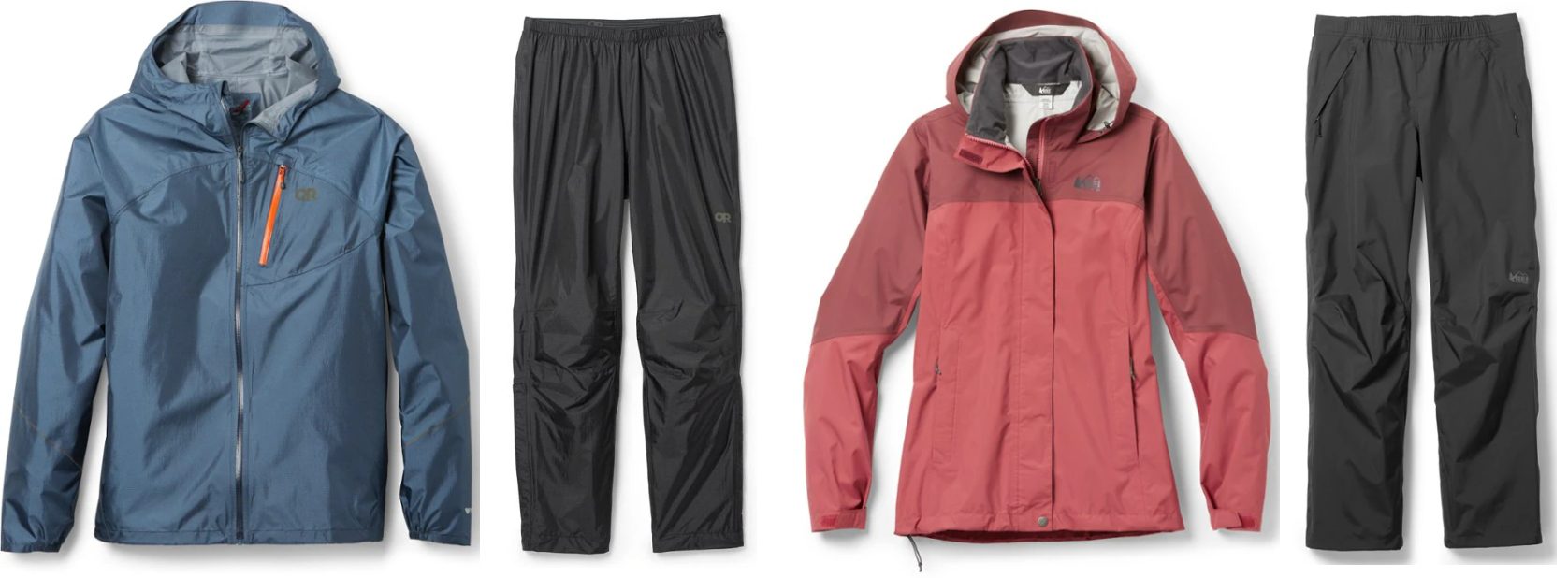
Changing Clothing When Stopped
When you stop moving during your cold weather hike, it’s important to change out of damp clothing as soon as possible. Retaining body heat is crucial in preventing hypothermia, and wet clothing can significantly reduce your body’s ability to stay warm.
Wet clothing, whether from sweat or external moisture, loses its insulating properties and can lead to rapid heat loss from your body. By changing into dry clothing when you stop moving, you can trap warm air against your skin and retain body heat.
Quick-drying options, such as synthetic baselayers and midlayers, are ideal for changing into during breaks. These materials allow moisture to evaporate quickly, reducing the time it takes for your clothing to dry. Additionally, remember to bring a spare pair of socks to change into, as damp socks can be particularly uncomfortable and increase the risk of blisters.
When changing clothing, find a sheltered area away from the wind to minimize heat loss. Use a clean, dry surface or a waterproof barrier to sit or stand on while changing. Be efficient in your clothing change to avoid prolonged exposure to the cold.
By changing out of damp clothing when you stop moving, you’ll be able to retain body heat effectively and stay warm throughout your cold weather hike. Plan ahead and pack dry clothing to ensure you’re prepared for breaks and rest stops.
Conclusion
Proper layering is essential for staying warm, comfortable, and safe during cold weather hiking and backpacking. By using a combination of baselayers, midlayers, insulated jackets, and outer shell layers, you can effectively manage moisture and maintain your body temperature.
Remember to choose moisture-wicking and snug baselayers, opt for insulation in midlayers even when wet, select a suitable insulated jacket based on the conditions, and protect yourself from wind and water with an outer shell layer. Hats and gloves are vital for keeping your extremities warm, and selecting the right materials, such as wool and polyester, can enhance your comfort.
Avoid cotton, choose quick-drying materials, and prioritize moisture management to prevent discomfort and hypothermia. Hand warmers can provide extra warmth in cold and damp conditions, and proactive layering adjustments help regulate body temperature and prevent overheating or hypothermia.
When you stop moving, changing out of damp clothing and into quick-drying options is crucial for retaining body heat. Always prioritize your safety and comfort by properly layering and paying attention to your body’s signals.
In summary, layering properly, managing moisture effectively, and choosing the right materials are key to enjoying cold weather hiking and backpacking. By following these tips and recommendations, you’ll be well-prepared to tackle any outdoor adventure in chilly conditions. Stay warm, stay dry, and have a fantastic cold weather hiking experience!



